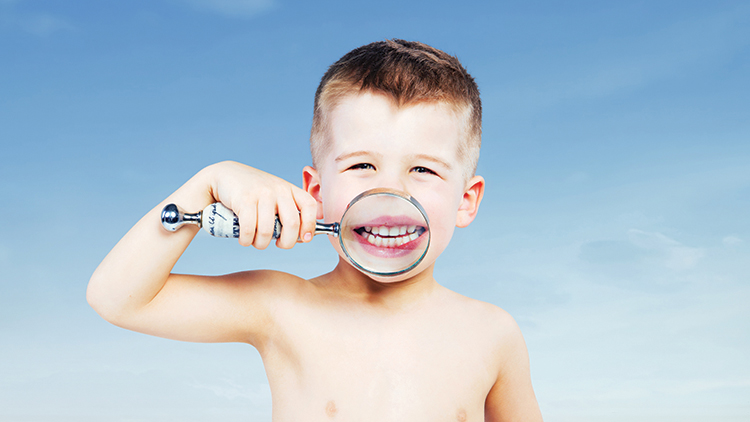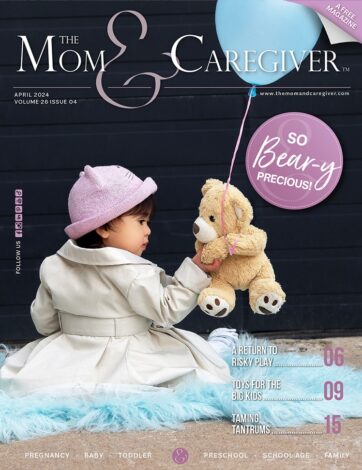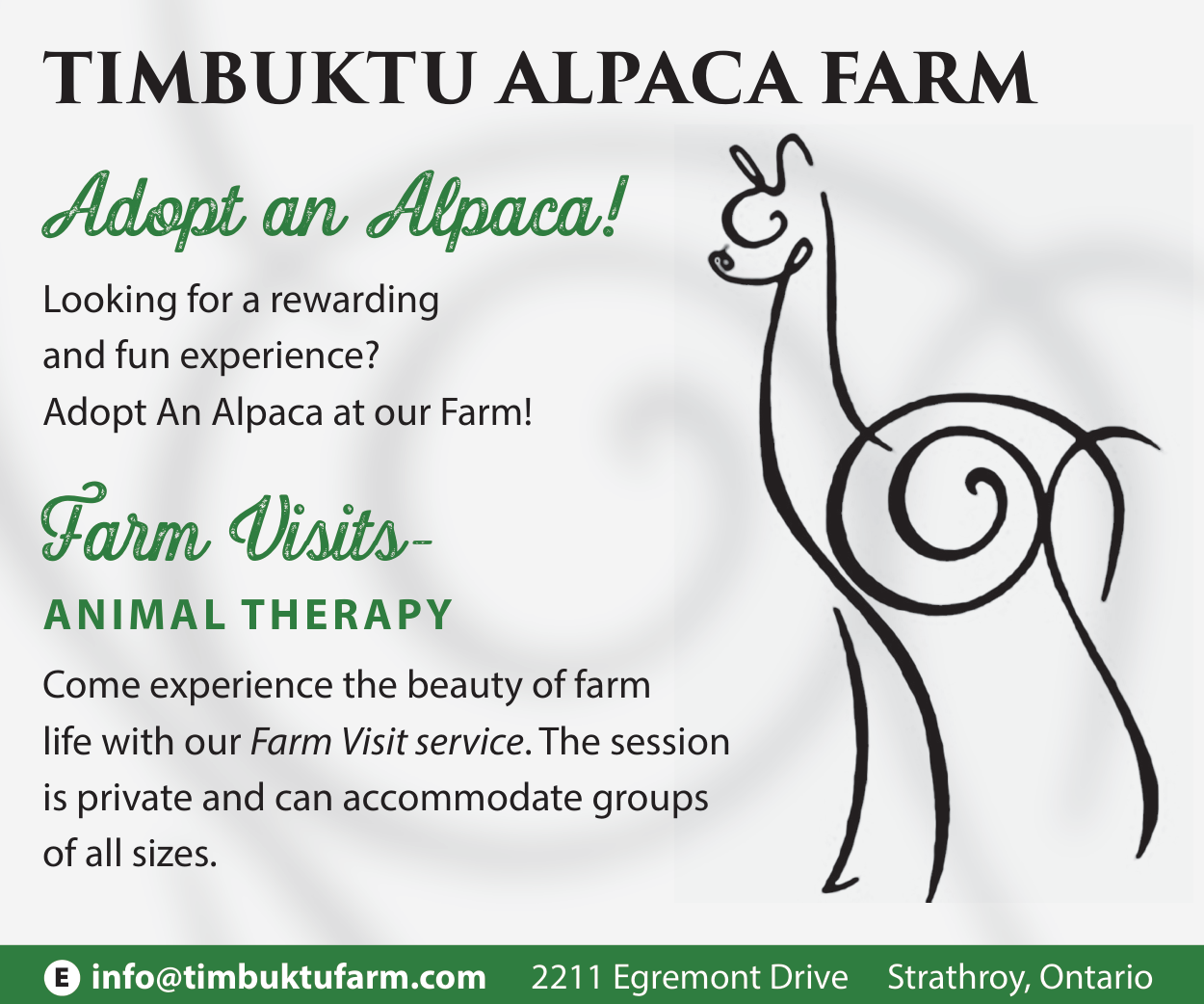Let the “Tooth” Be Told
Most of us are aware of how to take care of our own teeth, but do we know how to care for our baby’s or toddler’s? Is it the same or are there any differences? Many parents are not aware that it is recommended by Health Canada, the Canadian Dental Association and the Canadian Pediatric Society that a child establish a dental home by the age of one. This means that a child should have their first visit to a dentist by their first birthday. At this appointment, a dentist can assess whether there are any cavities that are developing, discuss the cause of cavities and how to prevent them, touch upon what a healthy diet should be, and discuss how to clean your child’s mouth at home.
Cavities develop when bacteria left behind on teeth use sugar from food to create acid. It is this acid that degrades the tooth’s enamel and can cause a hole or a cavity. In the early stages, cavities appear as white spots on the teeth. If detected early, cavities can be prevented, which is why early detection is key. What can parents do to prevent cavities at home? Providing children with foods that are healthy, low in sugar and do not stick to baby’s teeth, like cheese, soft cooked vegetables, fresh fruit and yogurt, helps prevent cavities from forming. Although fruit juices may seem like a healthy drink option, keep in mind that some juices are very high in sugar. Water and milk are the best drink options for your little one.
Finally, how can parents clean their baby/toddler’s teeth at home? It is important to clean your baby’s teeth as soon as their teeth come in. You do not need to use toothpaste on your baby’s teeth as they are too young and will most likely swallow it. A small, soft wet toothbrush with small circles on the teeth or a wet baby’s washcloth wrapped around your finger used twice a day is sufficient to keep their teeth clean. It might be easier to do this with the baby/toddler lying down on your lap facing the same direction as you. The adult should use both hands; one hand moves the toothbrush and the other helps to keep the baby’s mouth open. Don’t forget to brush the tongue to remove any germs and leftover food. Children three years of age or older who are able to spit out can use a pea-sized amount of fluoridated toothpaste but should still be helped. Happy brushing!
The Community Early Years Partnership disseminates information about and promotes optimal infant and early childhood development to healthcare providers, community partners, parents and caregivers.














